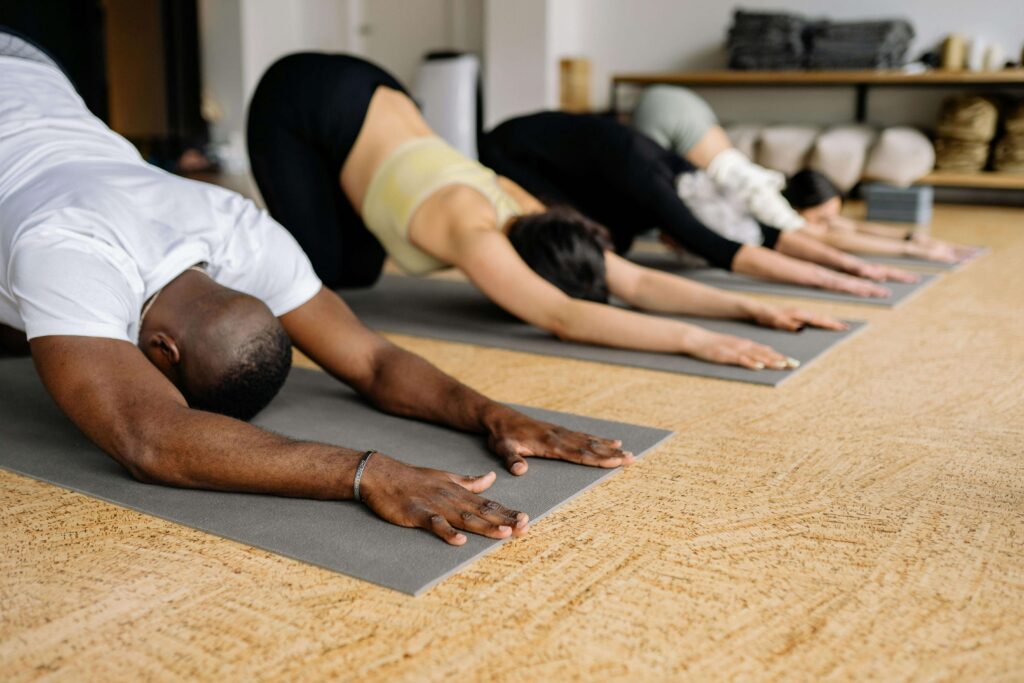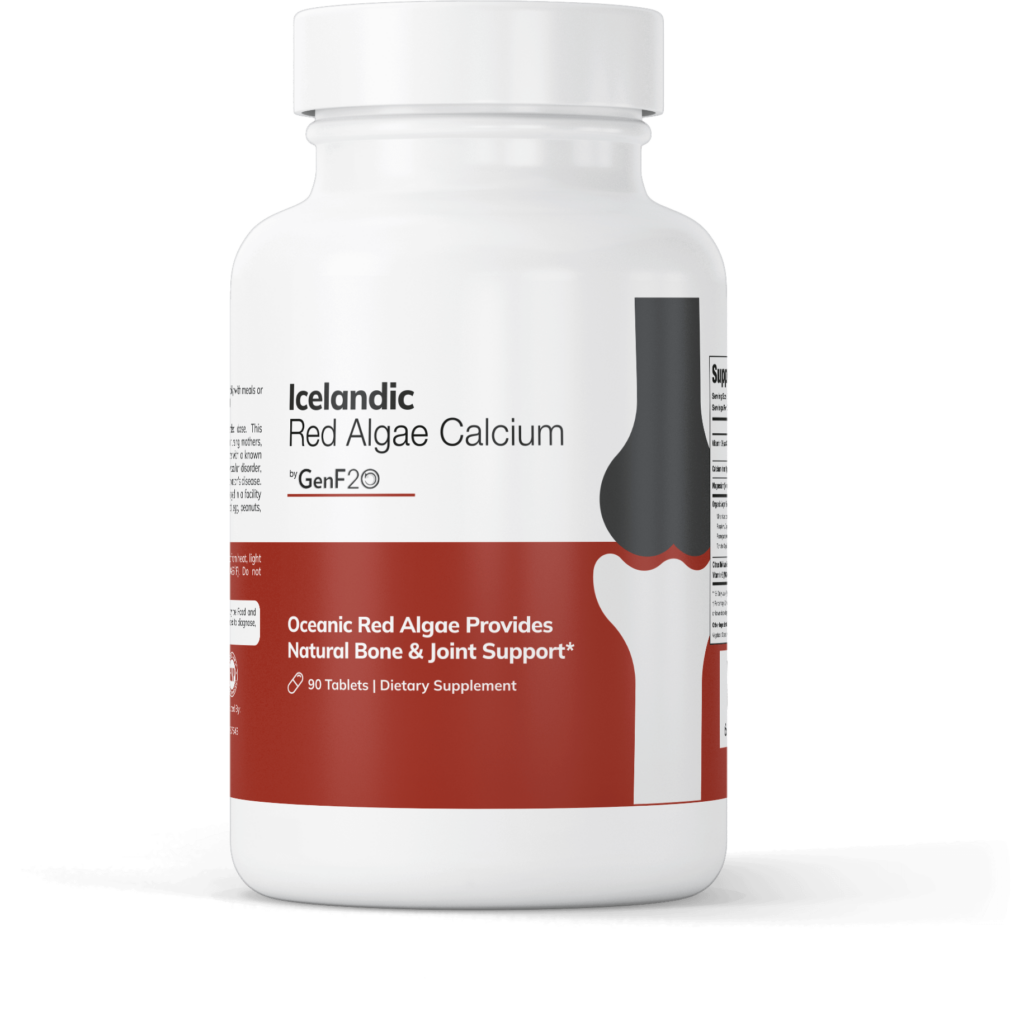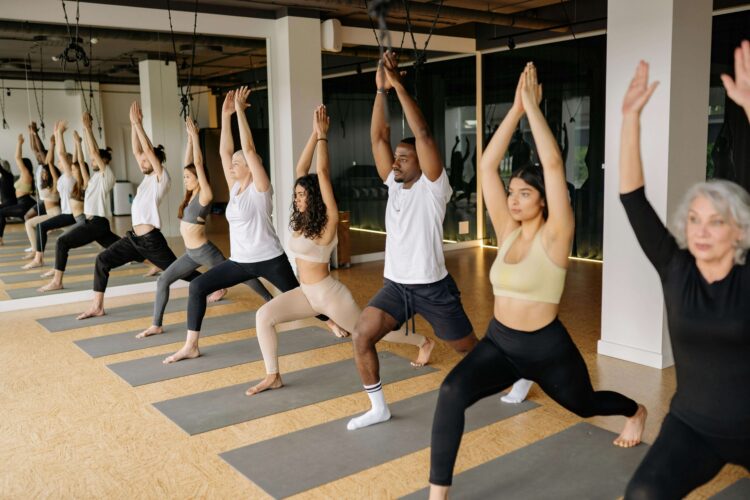Certain health changes seem to sneak up on us. One day, you may feel fine; the next, something just feels…off. One area where the signs of trouble are easily overlooked is bone health.
Our bones naturally lose some strength and density as we age, but the process of bone loss isn’t as apparent as one might think. As a result, many people are losing bone density without even realizing it.
Why should you care?
Bones are the foundation of a strong and active life. When your bones weaken, you become more susceptible to back pain, fractures, and numerous other issues that can seriously affect your quality of life.
But wait, there’s good news. Our bodies actually give us clues that something might be wrong. The key is knowing what to look for.
Today, we explore nine subtle signs that you might be losing bone density. Recognizing these early warning signs enables you to take action to protect your bones and maintain your strength for years to come. We also offer natural ways to improve your bone health and overall wellness.
Let’s jump in and see if any of these sound familiar.
#1 Persistent, Unexplained Back Pain
If you’ve noticed a dull ache or sharp pain in your back without any clear cause, you may want to pay attention. That nagging back pain might be more than just a sign of aging or a bad night’s sleep.
As bones weaken, they become more prone to minor fractures, especially in the vertebrae. Don’t shrug it off. These tiny fractures can build up over time, causing recurring or persistent back pain that won’t go away.
It’s about more than discomfort. It’s your body’s way of signaling your bones might need some extra care. Unexplained back pain can be one of the earliest signs that your bones are losing density, particularly in the spine, and addressing it early could prevent more serious issues down the road.
#2 Poor Posture
Have you caught yourself slouching or noticed your posture getting worse? If your posture isn’t what it used to be, it may be a sign that your bones are weakening. Poor posture is more than just a bad habit.
As bone density decreases, bones can compress, especially in the spine, causing a stooped or hunched appearance. When the spine begins losing strength, it can’t support the body as effectively.
Not only does this affect your appearance, causing you to develop a more noticeable curve in your back, but it can also lead to discomfort and possibly breathing issues over time. While this is common as we age, it’s not something to ignore.
#3 Receding Gums
Are you seeing more of your teeth than usual because your gums are pulling away? While it’s easy to chalk this up to getting older or brushing too hard, receding gums could be an early sign that your jawbone is weakening.
This isn’t just about your smile. Your jawbone plays a crucial role in holding your teeth in place, and receding gums may reveal something more serious about your overall bone health. When your jawbone starts losing density, the rest of your bones may also be weakening.
Don’t wait until it becomes a bigger problem. Protect your teeth and long-term health by strengthening your bones now.
#4 Fractures from Minor Injuries
Fractures or breaks from bumping into something, minor falls, or small tumbles can indicate weakened bones. Pay attention because your body may be trying to tell you something important about your bone health.
When strong, bones can usually withstand low-impact activities without much fuss. But if they become more fragile over time, everyday accidents can lead to breaks or fractures.
It’s easy to brush incidents like these off as just bad luck, but they could be early warning signs that your bone density is declining. If you’re experiencing fractures from what should be minor injuries, it’s time to listen to your body and strengthen your bones.
#5 Weakening Grip Strength
Have you noticed your handshake isn’t what it used to be? It might be time to think about what’s happening beneath the surface. If your hands seem to tire out quicker than they used to, or you struggle to open jars that used to be a breeze, it could be a subtle clue that your bones are losing density.
The benefits of a strong grip extend beyond just being a handy tool for daily tasks. It’s a sign of overall bone and muscle health. Muscles and bones work together as a team, so when your grip gets weaker, and you find it harder to carry heavy bags, it might mean your bones aren’t as strong as they once were.
A weakening grip might be dismissed as just another sign of aging, but paying attention to this early sign of bone loss could help you catch it before it leads to more serious problems.

#6 Joint Pain or Stiffness
We often chalk up joint discomfort to overuse or assume it’s just a natural part of aging, but it could signal underlying bone issues. If you’re experiencing persistent joint pain or stiffness, it might be more than the usual aches and pains.
As bones lose density, they can’t support your joints as well, causing them to bear more stress than they’re used to. The extra strain can lead to stiffness and soreness, particularly following physical activities.
When joints feel achy or stiff in the morning or after sitting for a while, your bones may not be as strong as they should be. Take care of your bones now to keep your joints feeling good and your body moving freely.
#7 Decline in Endurance or Fitness Level
Are you getting winded more easily during physical activities? Are your usual workouts feeling more challenging than they used to be? Reduced mobility and fitness levels could be a sign that your bone density is on the decline.
While stamina and endurance may decrease as the years pass, declining bone health can also make it harder to stay active. Weaker bones impact overall physical capabilities, affecting strength and endurance.
When bones begin to weaken, a cycle can develop in which reduced activity leads to even weaker bones, increasing the risk for injuries and further bone density loss. Therefore, it’s essential to take steps to strengthen your bones to stay fit, active, and ready for whatever life throws your way.
#8 Slower Healing Post-Injury
Does it take you longer to bounce back from minor accidents or injuries? If cuts, bruises, or even small fractures take longer to heal than usual, it may be a clue that your bone density is decreasing.
Bones are crucial for support and healing. Bone health influences how efficiently your body repairs itself. When bone density declines, bones lose strength and aren’t as effective at supporting the healing process.
The slower recovery time means that injuries that once healed quickly might now seem to linger or cause more discomfort. Give your bones the attention they need to avoid further complications and keep you active.
#9 Brittle or Weak Fingernails
Are your nails chipping or breaking more easily than before? While it might seem like a cosmetic issue, brittle or weak fingernails can be an external sign that your bones need some TLC.
Just like bones, nails require certain nutrients to stay strong and healthy. Calcium and collagen are two key players in bone and nail health. When your diet lacks these essential nutrients, it can affect your nails and bone density – your nails may just show it first.
If you regularly have weak, brittle fingernails, it might be time to nourish your body with the nutrients it needs to keep your nails and bones strong and resilient.

Give Yourself the Gift of Strength and Resilience!
Recognizing the signs of bone density loss is the first step in taking control of your bone health. But what should you do if you’ve noticed some of these early warning signs?
Thankfully, you can take various proactive measures to strengthen your bones and protect yourself from future health issues. If you don’t currently have signs of bone loss, these strategies may help prevent it.
Start by focusing on your diet. Ensuring you get enough calcium and vitamin D is crucial in maintaining bone health, preserving bone density, and supporting skeletal strength.
While leafy greens, dairy products, and fortified foods are excellent calcium and vitamin D sources, supplements like Icelandic Red Algae Calcium can provide an added boost. It’s packed with naturally sourced calcium and other essential minerals to support strong, healthy bones.
Another essential step is incorporating regular exercise into your health and wellness routine. This is a scientifically proven way to combat bone loss1,2. Weight-bearing aerobic exercises, like walking or jogging, and strength and resistance exercises, such as swimming or cycling, are particularly effective in stimulating bone growth and maintaining bone density.
Your bones are the foundation of your body. Keep them strong and healthy for an active, vibrant life.


